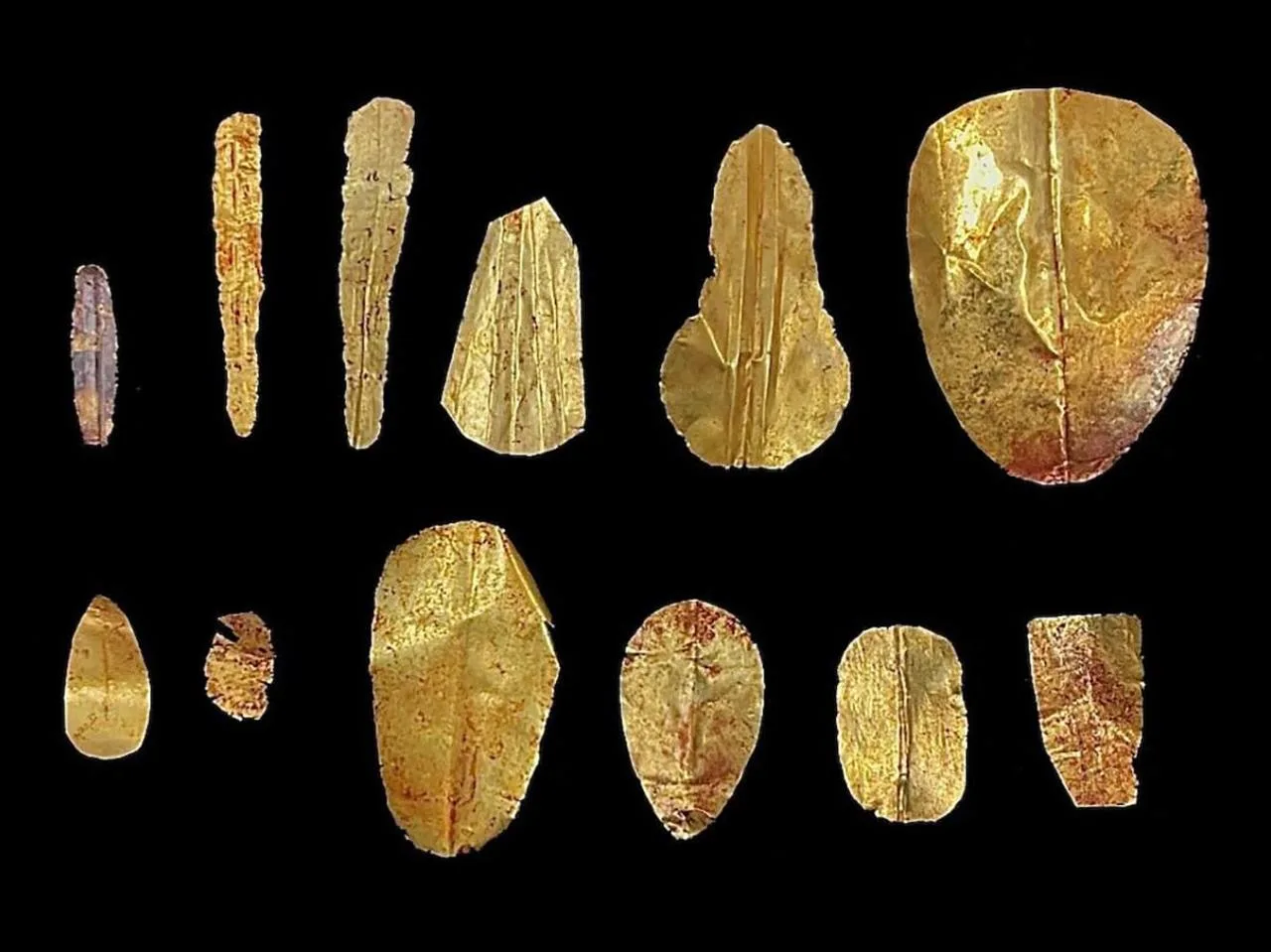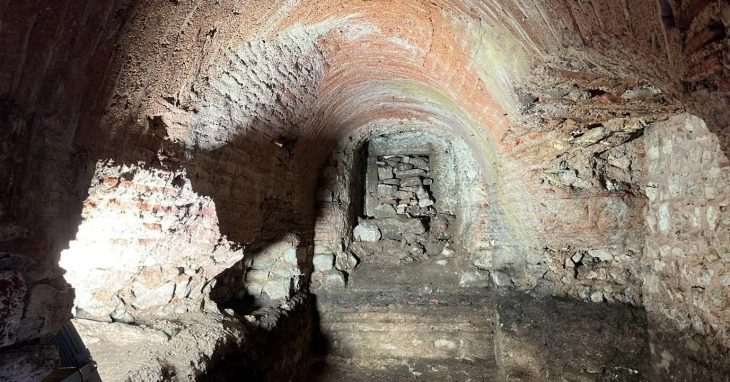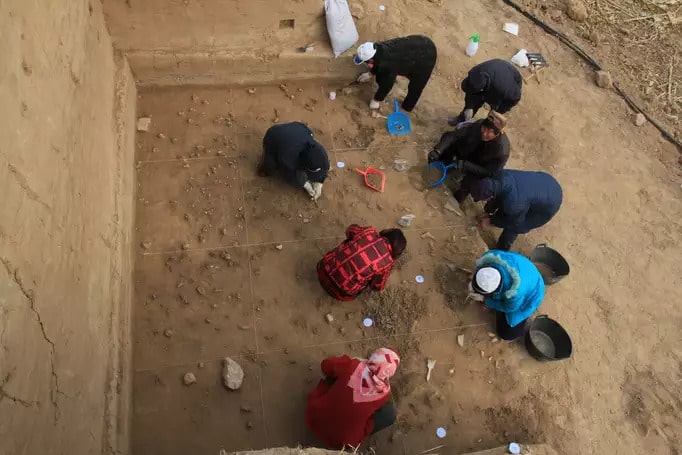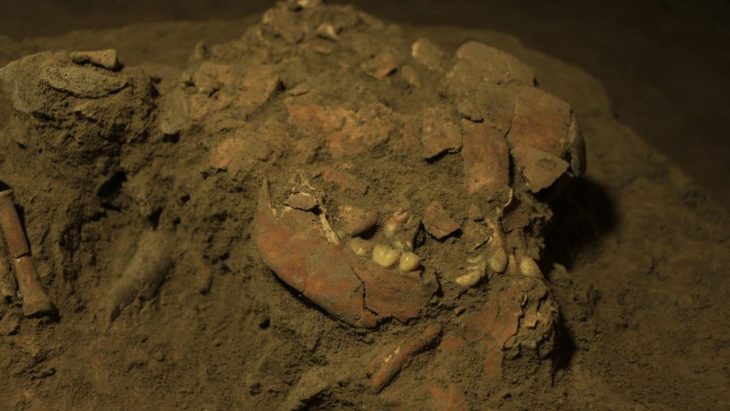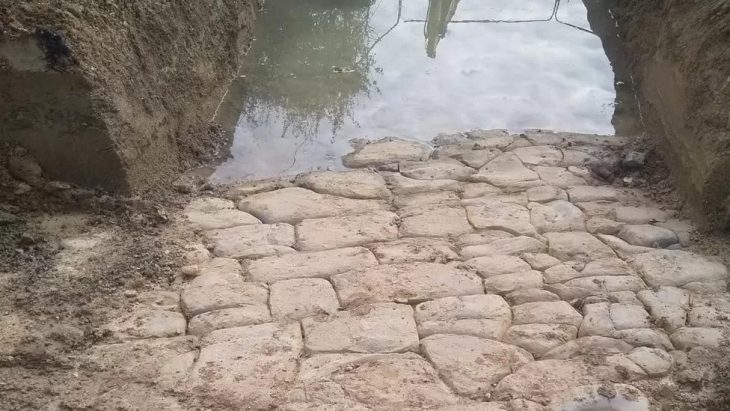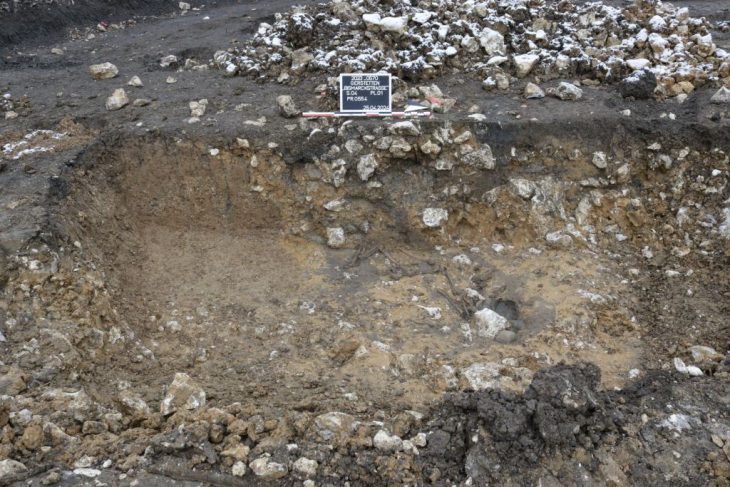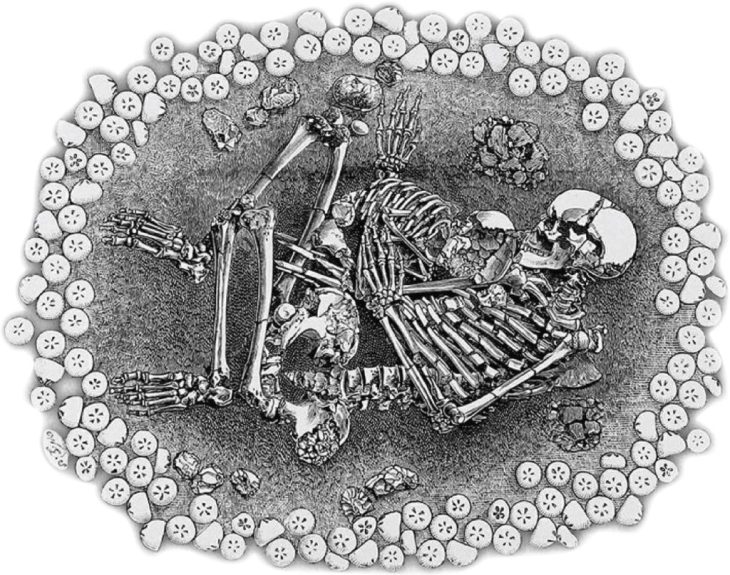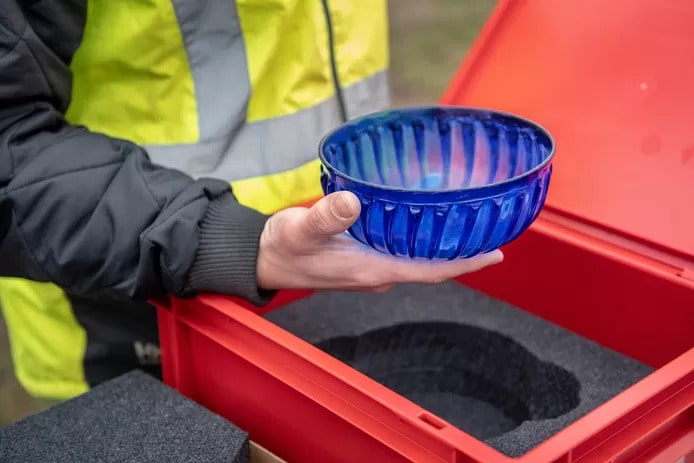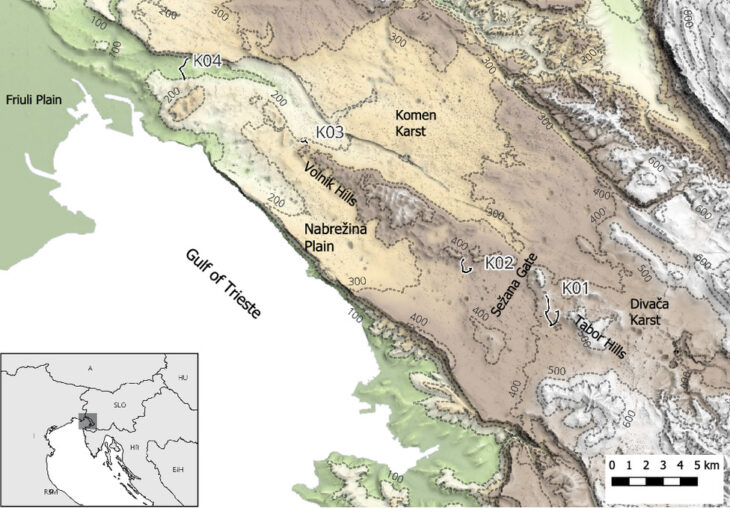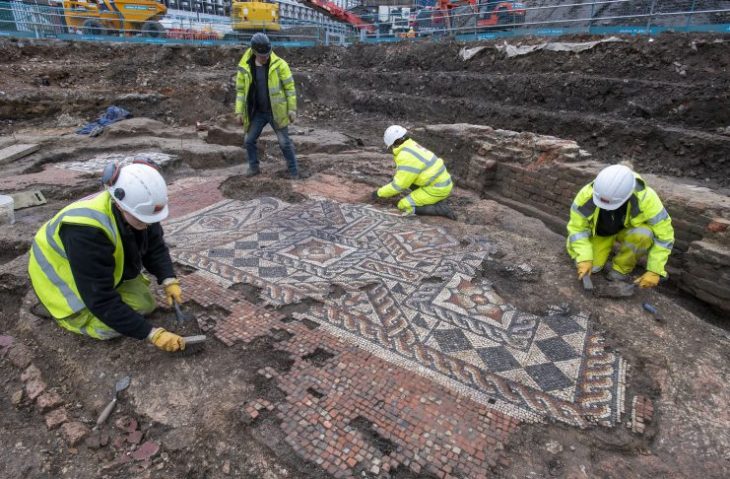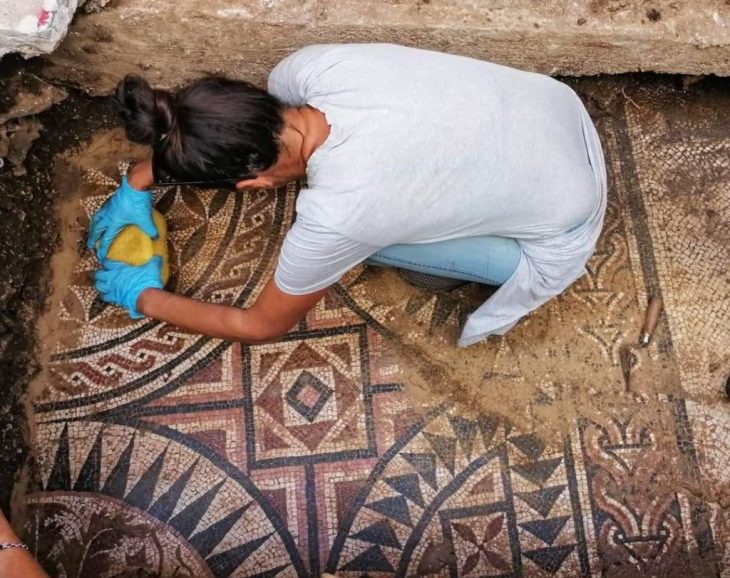Archaeologists have uncovered tombs decorated with colorful inscriptions and ritual scenes, as well as unusual mummies and unique funerary objects, including 13 striking golden tongues and nails, at the Al-Bahnasa archaeological site in Egypt’s Minya governorate.
The Oxyrhynchus Archaeological Mission, led by the Institute of Ancient Near East Studies of the University of Barcelona (IPOA), under the direction of Ignasi-Xavier Adiego, has concluded its latest campaign with unique remains, which allow us to deepen our knowledge of funerary practices, religious life and monastic activity in Ancient Egypt.
Among the notable firsts, these are the first human remains and the first texts and ritual scenes of goddesses of their kind in the Al-Bahansa region. These artifacts, along with elaborate burial customs, provide valuable insights into Ptolemaic religious beliefs.
Dr. Mohamed Ismail Khaled, Secretary-General of the Supreme Council of Antiquities, described the findings as “a major addition to the history of the region,” emphasizing their uniqueness to the Al-Bahnasa area.
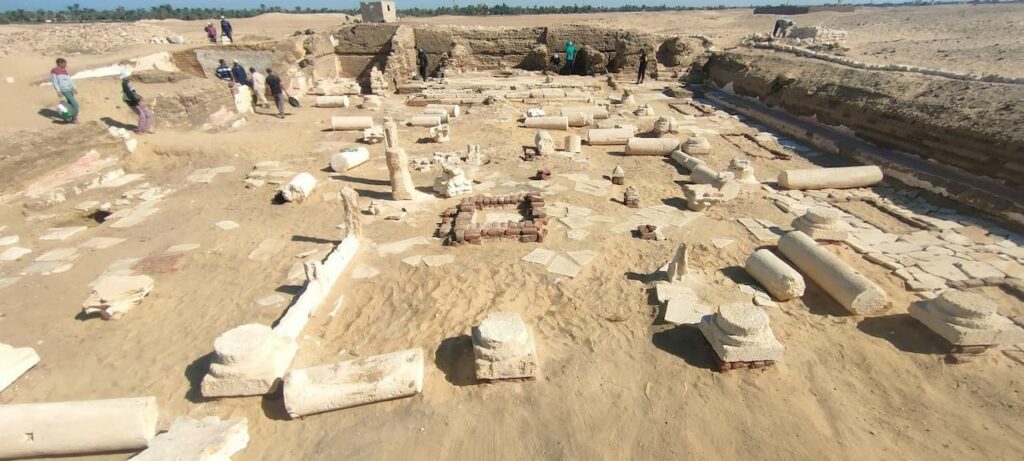
Among the most remarkable discoveries are 52 Ptolemaic period mummies, 13 of which had golden tongues in their mouths, symbolizing preparation for the afterlife. One mummy had two golden tongues, and another’s fingernails were adorned with a gold plate. Recovered from the same location were valuable items like a terracotta of the god Harpocrates, amulets featuring Egyptian deities like Thoth, Isis, and Horus, and a heart scarab in its original position.
📣 Our WhatsApp channel is now LIVE! Stay up-to-date with the latest news and updates, just click here to follow us on WhatsApp and never miss a thing!!
Excavations also revealed the structure of a Ptolemaic-era tomb containing some 300 mummies. This tomb, with three burial chambers and a vaulted ceiling, is remarkable for its walls decorated with texts and polychrome scenes depicting funerary rituals and divine figures such as Anubis, Osiris, Atum, and Nut. Some of these amulets combined the symbolism of multiple deities, an unusual finding in the region. In addition, four limestone sarcophagi have been discovered in the same context.
Dr. Esther Pons Mellado, the Spanish mission leader, explained that one of the discovered tombs includes a rectangular well leading to a main room with three funerary chambers.

According to Dr. Esther Pons Mellado, the Spanish mission leader, these chambers contained dozens of mummies, arranged meticulously, suggesting communal burial practices. Another burial shaft led to similarly decorated chambers, one of which belonged to an individual identified as “Wen Nefer.” On one of its walls, the tomb owner is depicted with his family offering offerings to deities such as Anubis, Osiris, Atum, and Horus.
The ceiling is decorated with the goddess Nut, surrounded by stars and sacred boats carrying deities like Khepri, Ra, and Atum, against a bright blue background.
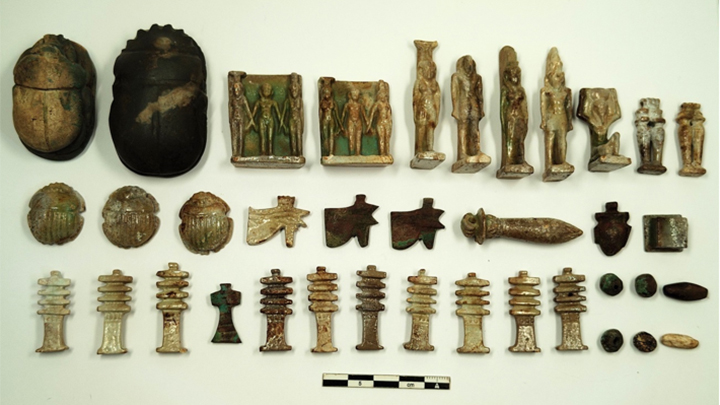
The presence of a thin layer of gold on the face of a mummy, depicted as if embalmed by the god Anubis, demonstrates the delicate nature of the funerary work. Figures of the goddesses Isis and Nephthys have the same golden finish. The tomb also housed four limestone sarcophagi.
The mission also noted that earlier excavations had already found a Byzantine basilica, a temple devoted to Osiris, and tombs from the Saite, Greco-Roman, and Roman periods.
Ministry of Tourism and Antiquities of Egypt
Cover Image Credit: University of Barcelona

